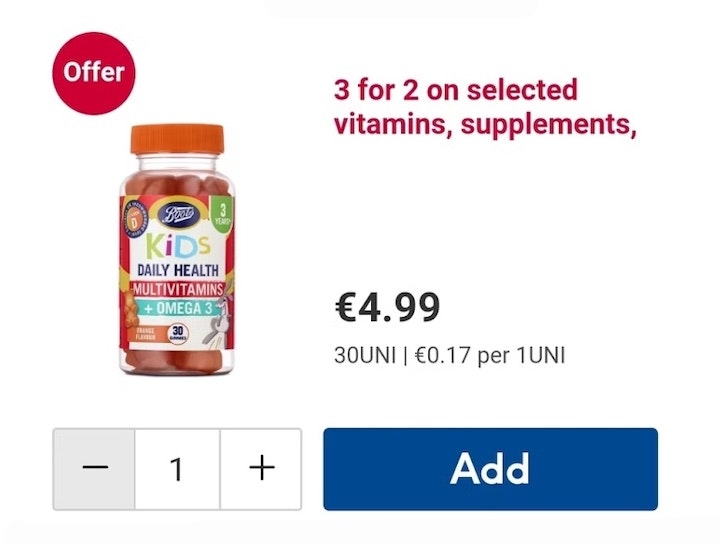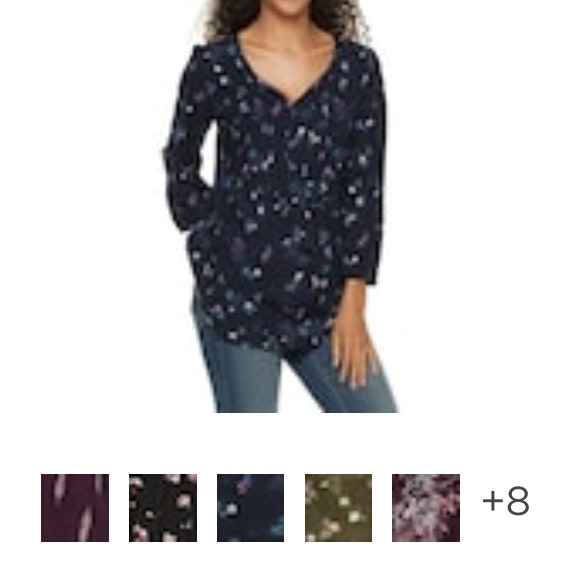Key Takeaways
- Users often can’t tell exactly what’s included in sets or bundles from the product list
- Users might end up selecting sets that include unwanted items or don’t fit their specific needs, causing unnecessary frustration
- Including contents and quantities directly in the list item helps users quickly assess if a set meets their needs without additional clicks
In Baymard’s large-scale UX testing of Furniture & Home Decor sites, participants browsing list items for products that came in sets or bundles often wanted to know what was included without clicking into the product page.
But in testing many participants browsing sets in product lists couldn’t confidently determine exactly what items were included in the set or how many of each item was included.
To ensure users have enough information about products without clicking into the product page, sites should ensure that the exact contents of the set or bundle — including their quantities — are listed somewhere in the list item.
Yet our e-commerce UX benchmark confirms that many furniture sites fail to offer this information, putting the burden on users to figure out exactly what is sold in each list item.
This article will discuss our latest Premium research findings on how to display contents and quantities in list items for products that come in sets or bundles:
-
Why users struggle to discern set contents or quantities in the product list
-
How including contents and quantities in the list item helps users assess options faster
Why Users Struggle to Discern Set Contents and Quantities in the Product List
“I’m intrigued by the ‘Venice Set’ here. That might be just a duvet though. I think it might be. Let me view the full details.” This participant at Parachute couldn’t tell if the “Linen Venice Set” she was considering in the product list included just a duvet, or just the sheets and pillowcases that she was looking for (first image). She had to click through to the product page to look for the set contents in the product details (second image).
In testing, participants browsing a product list of items offered as sets or bundles often had difficulty ascertaining key set details.
Sometimes participants struggled to discern exactly which items were included in the set from the information provided. In practice, this means that users might not discover until the product page that the set they are considering contains different items than expected.
Others weren’t sure of the count of each item included in the set, especially when it wasn’t intuitive — for example, users might easily intuit that a dining set only includes one table, but the number of chairs is more difficult to anticipate.
When users can’t see what’s included in a set from the product list, they end up in a frustrating and tedious cycle of bouncing back and forth from product list to product pages to get the information they need.
How Including Contents and Quantities in the List Item Helps Users Assess Options Faster
At Yardbird, the user can confirm what items are included in these outdoor patio sets and how many of each item are included just from the product headline, with the thumbnail serving to help confirm.
Many dining chairs at Wayfair are sold in sets of 2 or more, which users know before clicking through to the product page because it’s clearly noted in the product headline.
Including contents and quantities in list items for products that come as a set or bundle allows users to confirm a set’s contents without having to click through to the product page.
Additionally, doing so prevents users from becoming attached to items that are sold in minimum quantities higher than their need, like having to buy chairs in quantities of 2 when only 1 is needed.
For sets with only 1–2 distinct items, like a dining set with table and chairs, there’s often enough space in the product headline or product headline “subtitle” to include set contents and quantities, like in the IKEA example above.
At Brooklinen, some sets include over 5 different product types. Since the set contents are the same across these 3 list items, making them a separate product attribute in the list item and formatting them consistently not only allows users to compare products more easily, but lets the product headline focus on communicating the differences between these sets, which here are the fabric types of “Sateen”, “Percale”, and “Linen” mentioned in the product headline.
However, for particularly complex sets that contain a lot of different product types or where the included product types require detail or explanation, sites should list out the set contents as a separate piece of information in the list item.
This lets users more readily compare set or bundle options, as long as the information is provided and formatted consistently across list items.
Help Furniture Users Quickly Find a Set That Meets Their Needs
“I was hoping to see sheet sets, like pillowcases and sheets. Sheet sets. But this bundle, they’re also including a duvet cover. So I’m going to go to ‘Sheets’ instead.” Many participants in testing preferred shopping for sets because it made it easy to find all the different items they needed in a coordinated style without having to match items themselves. However, during testing it was often unclear what was included in a set or bundle, leading some users to shop for separates instead, like this participant at Parachute.
Users care about what’s included in a set or bundle — most won’t purchase a set that contains more or less than what they need.
So knowing early in the browsing process exactly what is included is critical for most users.
Yet many sites neglect to provide clear details in the list item about the contents of a bundle and how many of each item is included.
Accordingly, including key details like the contents and quantities of bundles or sets in list items help users more efficiently assess the suitability of products in the product list or search results.
Getting access: Our current Furniture & Home Decor research study is ongoing and new Furniture guidelines are published every month in Baymard Premium. The full study is expected to be completed in Fall 2024.
If you want to know how your furniture or home decor desktop site, mobile site, or app performs and compares, then learn more about getting Baymard to conduct a Furniture & Home Decor UX Audit of your site or app.

















